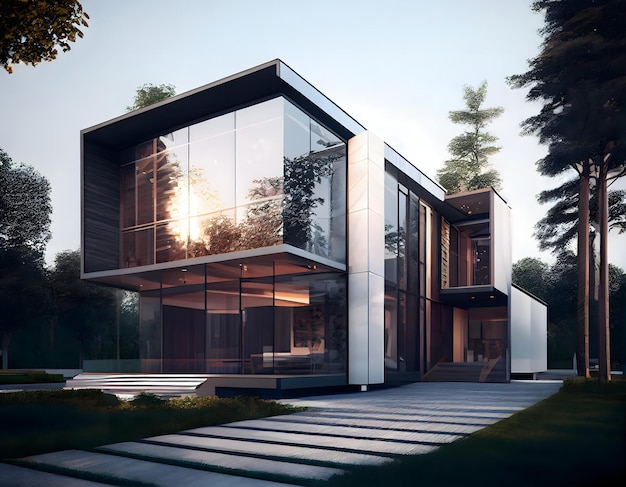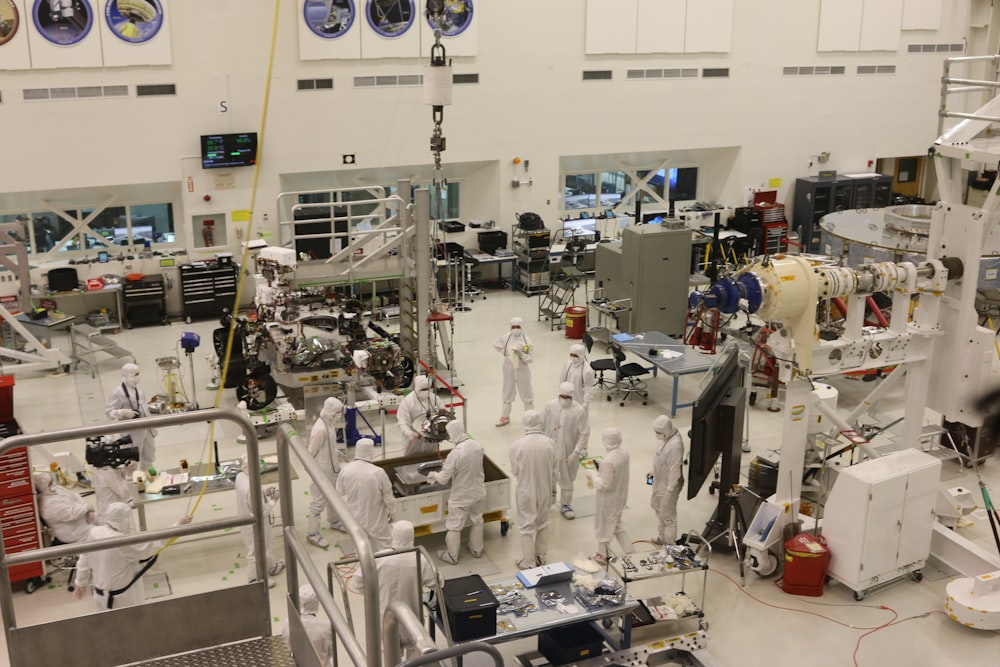Layered Ingenuity: Unveiling the World of Additive Manufacturing
Welcome to the era where creation takes shape layer by layer, and possibilities are sculpted with precision. In this journey, we dive into the intricate realm of additive manufacturing, exploring the technologies and innovations that redefine the very essence of how objects are brought to life.
3D Printing Revolution: The Essence of Additive Manufacturing
At the core of additive manufacturing is the 3D printing revolution. This transformative technology builds objects layer by layer, using materials ranging from plastics to metals. The process, guided by digital design models, allows for unparalleled flexibility and complexity in shaping everything from prototypes to end-use products.
Design Freedom: Breaking the Mold with Flexibility
Additive manufacturing liberates design from traditional constraints. Unlike conventional methods that often involve molds and subtractive processes, additive manufacturing provides designers with unparalleled freedom. Complex geometries, intricate details, and customized structures become not just possibilities but the norm in the realm of additive manufacturing.
Rapid Prototyping: Accelerating Innovation Timelines
One of the standout features of additive manufacturing is rapid prototyping. Design iterations that once took weeks or months can now be produced in a fraction of the time. This acceleration in the prototyping phase not only expedites product development but also allows for swift adjustments and refinements, fostering a culture of innovation.
Customization at Scale: Personalizing the Production Landscape
Additive manufacturing excels in customization at scale. Whether it’s producing individualized medical implants or tailoring consumer products to specific preferences, additive manufacturing ensures that mass production doesn’t compromise personalization. The ability to customize products without sacrificing efficiency is a hallmark of the additive manufacturing paradigm.
Materials Innovation: From Plastics to Advanced Alloys
The materials used in additive manufacturing span a diverse spectrum. From traditional plastics to advanced alloys and ceramics, the versatility of materials allows for the creation of products with diverse properties. This materials innovation not only expands the applications of additive manufacturing but also contributes to the development of novel and advanced materials.
Reducing Waste: An Eco-Conscious Approach to Production
Additive manufacturing is inherently eco-conscious. Unlike traditional manufacturing processes that often generate significant waste through subtractive methods, additive manufacturing is precise and minimizes material waste. This sustainability aspect aligns with the growing global emphasis on responsible and environmentally friendly production practices.
Supply Chain Optimization: Streamlining Production Logistics
The flexibility and efficiency of additive manufacturing contribute to supply chain optimization. With the ability to produce components on-demand and in diverse locations, additive manufacturing minimizes the need for extensive warehousing and transportation. This streamlined production logistics not only reduces costs but also enhances overall supply chain resilience.
Challenges and Opportunities: Navigating the Landscape
While additive manufacturing holds immense potential, it comes with its set of challenges. From the need for standardized processes to considerations of material limitations, navigating the landscape requires a balance between pushing the boundaries of innovation and addressing practical constraints. Understanding and overcoming these challenges open doors to new opportunities in the additive manufacturing frontier.
Explore the Future with Additive Manufacturing
To delve deeper into the world of additive manufacturing, explore Additive manufacturing. This platform serves as a hub for insights, case studies, and the latest trends in additive manufacturing. As industries continue to embrace the layered ingenuity of additive manufacturing, it stands as a beacon of innovation, shaping a future where complexity, customization, and sustainability converge in the manufacturing landscape.









